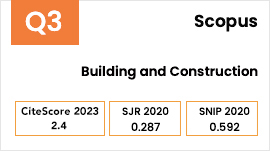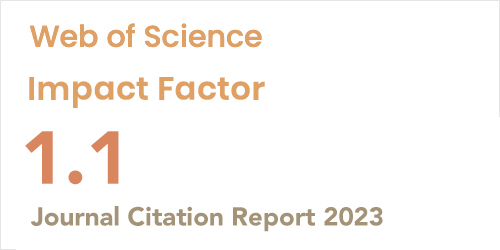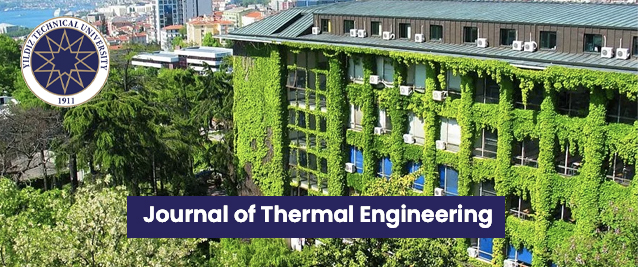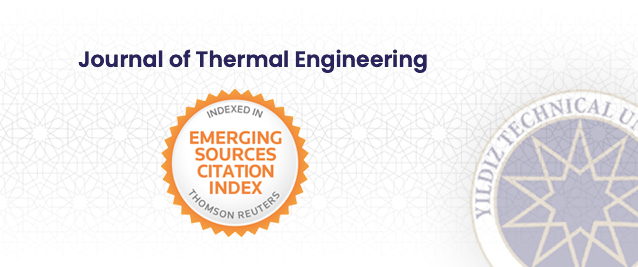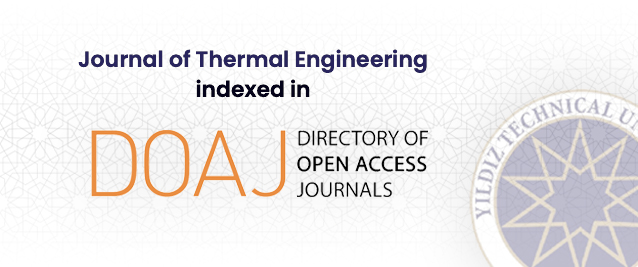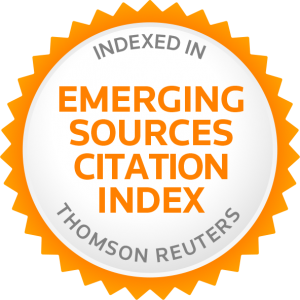2Department of Civil Engineering, Ege University, Izmir, 35100, Türkiye
Abstract
Environmental comfort directly affects student learning. With the rapid increase in educational buildings, thermal comfort conditions, student performance, and work efficiency are very important. The impact of COVID-19 has changed comfort expectations in assessing indoor air quality. This study investigates the thermal comfort of students from different regions in classrooms with different ventilation systems in summer and winter. The research presents statistically the results obtained from questionnaires and measurements of environmental variables. Surveys and field measurements were conducted from February 2021 to June 2022. The measurements included indoor environmental parameters, such as dry bulb and globe temperature, relative humidity, indoor airflow speed and CO2 concentration. The subjective investigation was carried out using 635 particular questionnaires regarding their thermal senses, thermal preferences and the comfort conditions of the environment to determine the percentages of dissatisfaction. Approximately 82% of students in the naturally ventilated classrooms and 80% in the air-conditioned classrooms were comfortable. The average indoor comfort temperature estimated by the adaptive comfort method in naturally ventilated spaces was found to comply with ASHRAE 55 standards in both summer and winter. Another important finding is the differences in the thermal sensations of the students, especially for the winter period, as they come from various climatic regions of Türkiye.



